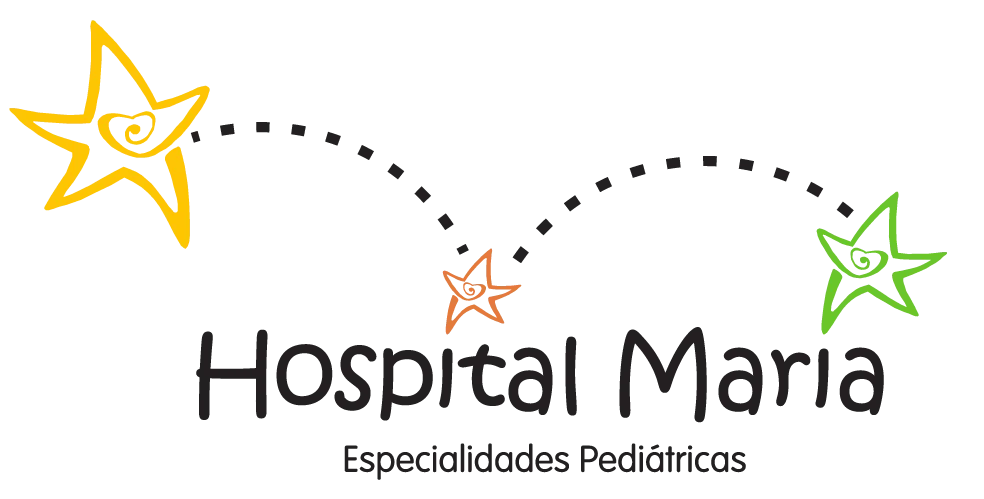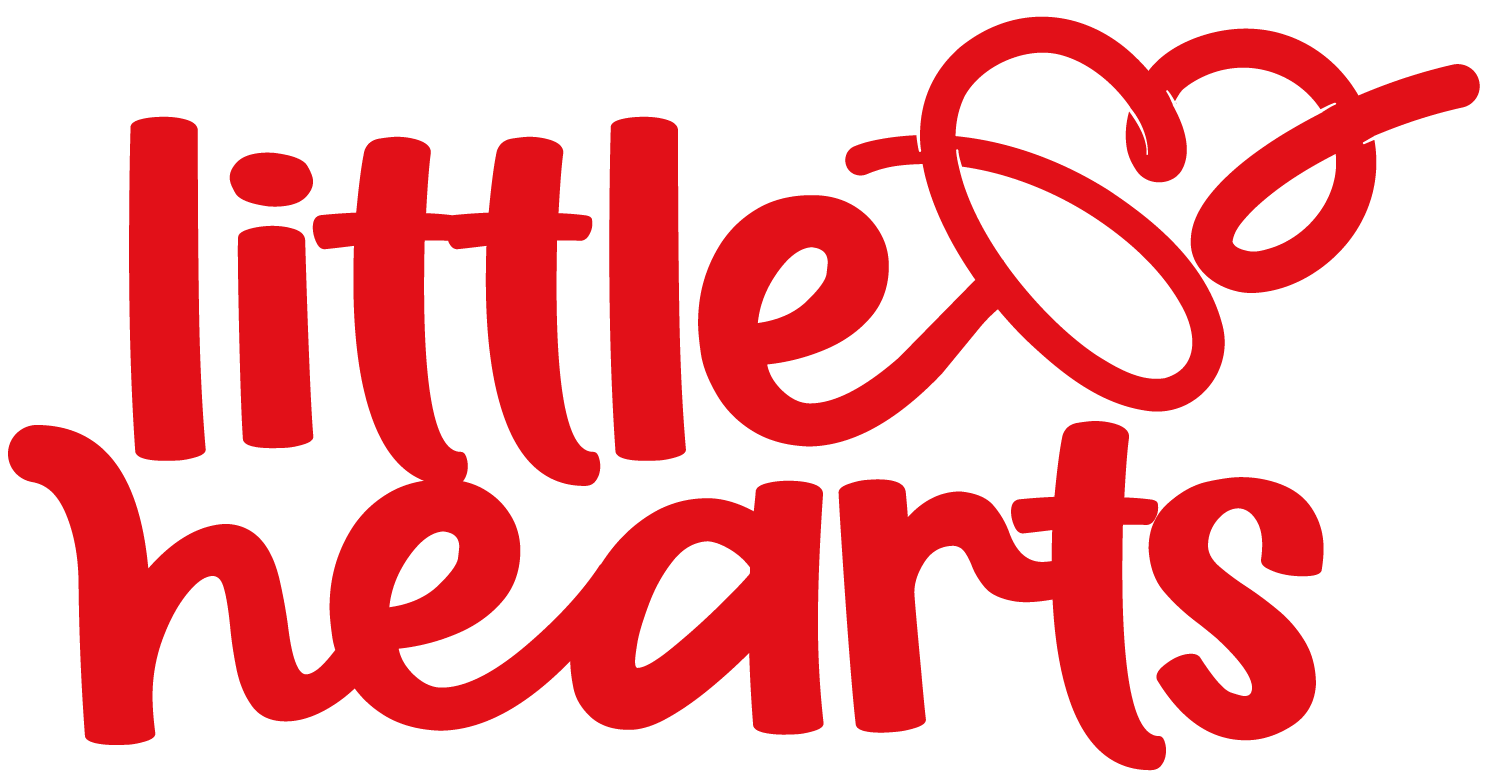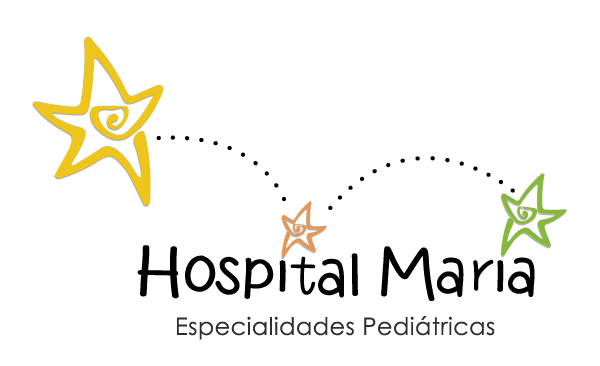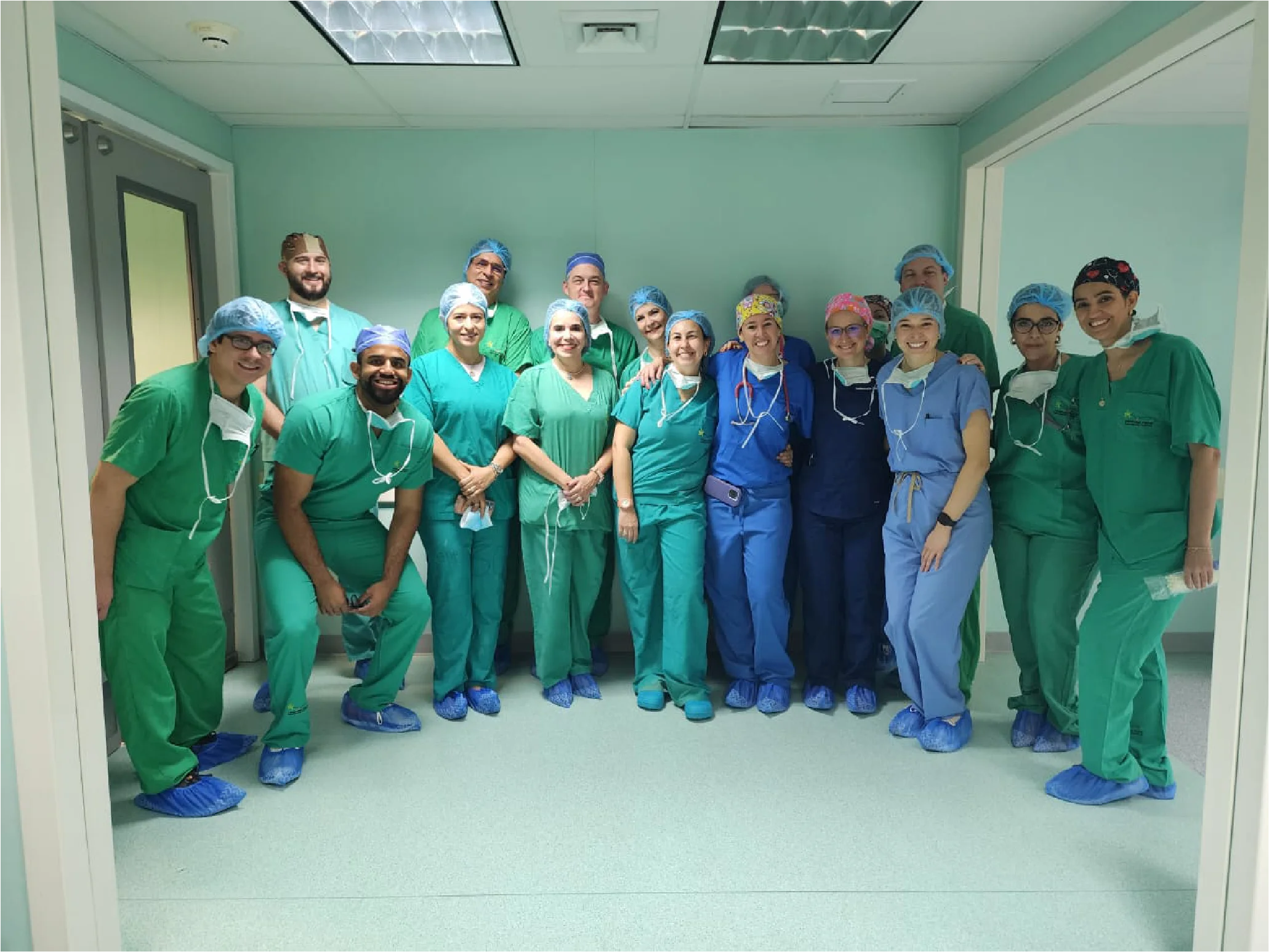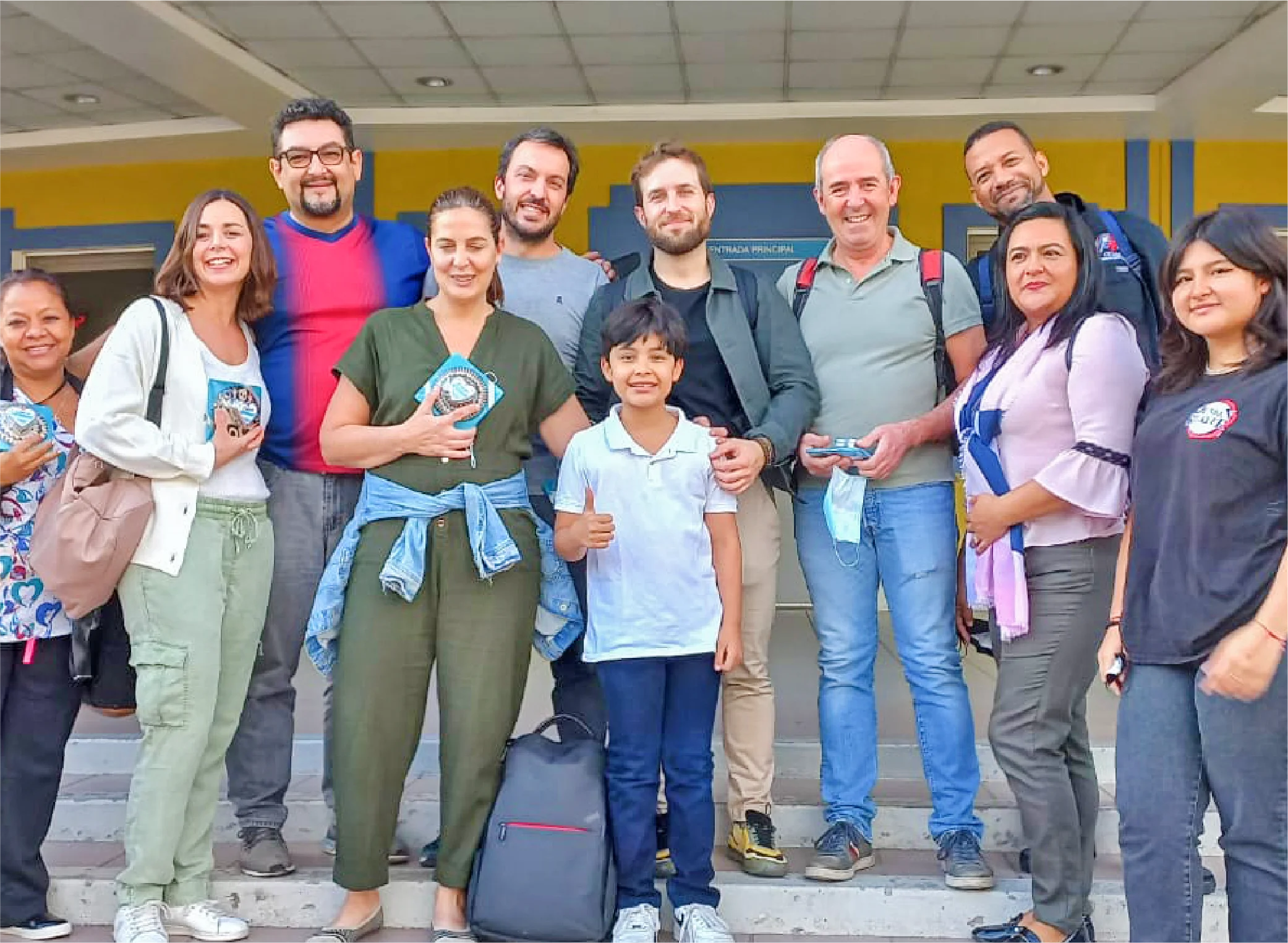WHAT WE
DO
The Little Hearts program was created with the purpose of
strengthening the Cardiology Program and the HMEP mission:
“we change the lives of our little patients”;
supporting
early interventions
and raising funds to do more.
We know that, after undergoing cardiovascular surgery, most
patients can lead a
normal life.
The funds raised by Little Hearts will go towards these hearts
that seek a second chance, beats filled with hope to live and celebrate
their lives.

WHAT WE
DO
The Little Hearts program was created with the purpose of strengthening the
Cardiology Program and the HMEP mission:
“we change the lives of our little patients”; supporting
early interventions
We know that, after undergoing cardiovascular surgery, most
patients can lead a
normal life.
The funds raised by Little Hearts will go towards these hearts
that seek a second chance, beats filled with hope to
live and celebrate their lives.

History of the
surgery program
at HMEP and Honduras

Children in Honduras lack access to vital healthcare services. The nation faces a critical challenge in reducing infant mortality rates, with 23 deaths per 1,000 live births for children under the age of 5. Alarmingly, 25% of these deaths are related to congenital heart defects. Approximately 1 in every 100 newborns is affected, which amounts to roughly 2,000 babies per year, and 70% require cardiac intervention.
Honduras requires significant support to achieve Sustainable
Development Goal (SDG) 3, which aims to ensure healthy lives
and promote well-being for all at all ages, particularly in
reducing neonatal and live birth mortality rates.
The Hospital María, Especialidades Pediátricas (HMEP), a
public hospital managed by the non-profit Fundación Amigos
del Hospital María (FAHM), launched its Cardiothoracic
Vascular Program in February 2016, two years after the
hospital opened its doors for specialized care in Honduras.
Today, the “Heart Unit” performs 160 cardiac surgeries and
50 cardiac catheterizations each year.
The existing service levels of the Heart Unit do not meet the demand for complex cardiac care. There are over 300 children on the waiting list for cardiac intervention and more than 150 children diagnosed annually. Honduran families wait months for life-saving interventions, witnessing their children’s health deteriorate. Without the staff or supply capacity to address these needs, more than 48% of cardiac surgeries at HMEP are emergency procedures attempting to save a child who has been on the waiting list for far too long.

History of the surgery program
at HMEP and Honduras

in HMEP and Honduras

Children in Honduras lack access to vital healthcare services. The nation faces a critical challenge in reducing infant mortality rates, with 23 deaths per 1,000 live births for children under the age of 5. Alarmingly, 25% of these deaths are related to congenital heart defects. Approximately 1 in every 100 newborns is affected, which amounts to roughly 2,000 babies per year, and 70% require cardiac intervention.


Honduras requires significant support to achieve Sustainable
Development Goal (SDG) 3, which aims to ensure healthy lives
and promote well-being for all at all ages, particularly in
reducing neonatal and live birth mortality rates.
Hospital María, Especialidades Pediátricas (HMEP), a public
hospital managed by the non-profit Fundación Amigos del
Hospital María (FAHM), launched its Cardiothoracic Vascular
Program in February 2016, two years after the hospital opened
its doors for specialized care in Honduras. Today, the “Heart
Unit” performs 160 cardiac surgeries and 50 cardiac
catheterizations each year.


The existing service levels of the Heart Unit do not meet the demand for complex cardiac care. There are over 300 children on the waiting list for cardiac intervention and more than 150 children diagnosed annually. Honduran families wait months for life-saving interventions, witnessing their children’s health deteriorate. Without the staff or supply capacity to address these needs, more than 48% of cardiac surgeries at HMEP are emergency procedures attempting to save a child who has been on the waiting list for far too long.

 SUMMARY
SUMMARY
OF THE
STATISTICS
OVER THE
 YEARS
YEARS
The main beneficiaries of our Pediatric Cardiology program are more than 4 million Honduran children identified with a congenital malformation.
Currently, Hospital María Especialidades Pediátricas (HMEP) is the only pediatric cardiac surgery option in the country.
Our center serves patients referred from the 18
regions of Honduras. Nearly 70% of the patients
seeking assistance at the Cardio Unit are
under five years old.


In 2016, Hospital María Especialidades Pediátricas (HMEP) launched its cardiovascular thoracic program and, as of March 2024, has achieved:
- Cardiac surgery including brigades: 1,442
- Interventional Cardiology: 454
- Cardiology procedures: 125
- Total: 2,021

 RESUMEN
RESUMEN
DE LAS
ESTADÍSTICAS
A LO LARGO DE
 LOS AÑOS
LOS AÑOS
Los principales beneficiarios de nuestro programa de Cardiología Pediátrica son más de 4 millones de niños hondureños identificados con una malformación congénita.
Actualmente, el Hospital María, Especialidades Pediátricas(HMEP) es la única opción de cirugía cardíaca pediátrica en el país.
Nuestro centro atiende a pacientes referidos de las 18 regiones de Honduras. Casi el 70% de los pacientes que buscan asistencia en la Unidad de Cardio tienen menos de cinco años.



En el año 2016, el Hospital María, Especialidades Pediátricas (HMEP) lanzó su programa vascular cardiotorácico y ha logrado al cierre de marzo 2024:
- Cardiocirugía incluidas las brigadas: 1,442
- Cardiología Intervencionista: 454
- Procedimientos de cardiología: 125
- Total: 2,021
Si bien el 39% de las familias residen en Francisco Morazán (donde está ubicado el hospital), los pacientes tambien viajan desde El Paraíso (11%), Comayagua (8%), Olancho (7%) y Cortés (7%) para acceder a cuidados que salvan vidas.
HEART
UNIT
TEAM
HEART
UNIT
TEAM










































OUR
 ALLIES
ALLIES
HMEP leverages volunteers, international medical brigades, and private organizations to (1) strengthen the capacity and quality of care; and (2) close the substantial gap between operational expenses and budget allocations since 2015.
One of the most important collaborations for the cardiothoracic vascular program is the hospital’s relationship with American medical brigades, World Pediatrics, and Duke University.
World Pediatrics carries out three or four missions to Honduras annually and has collaborated with HMEP since 2017. Each mission allows World Pediatrics to perform five surgeries and carry out 15 catheterizations.
Duke University first brought a mission to Honduras in 2023, benefiting ten patients. In 2024, additional missions are planned.
These partnerships have been vital in enabling Honduras to provide life-saving treatment to children with heart problems, bringing groups of medical professionals with specialized training to Honduras to care for children with critical needs and provide training to HMEP medical professionals.

OUR
ALLIES
HMEP leverages volunteers, international medical brigades, and private organizations to (1) strengthen the capacity and quality of care; and (2) close the substantial gap between operational expenses and budget allocations since 2015.
One of the most important collaborations for the cardiothoracic vascular program is the hospital’s relationship with the U.S. medical brigades, World Pediatrics, and Duke University.
Duke University brought its first mission to Honduras in 2023, benefiting ten patients. In 2024, additional missions are scheduled.
World Pediatrics conducts three or four missions to Honduras annually and has collaborated with HMEP since 2017. Each mission allows World Pediatrics to perform five surgeries and conduct 15 catheterizations.
These partnerships have been vital in enabling Honduras to provide life-saving treatment to children with heart conditions, bringing specialized medical professionals to Honduras to treat critically ill children and offer training to HMEP’s medical staff.

 of the main
of the main
pathologies treated
Main surgical
procedures

Main cardiological
causes

Main surgical procedures

Main cardiological causes

 of the main pathologies treated
of the main pathologies treated
Main Surgical
Procedures

Main Cardiological
Causes

Main
Surgical
Procedures

Main
Cardiological
Causes

STRENGTHENING AND EXPANSION PROGRAM

HMEP is committed to its mission: “to change the lives of our little patients”.
By 2028, HMEP plans to expand the footprint of the existing Cardiac Unit
and
develop a stronger cardiothoracic vascular program with the adequate
capacity
to meet the needs of children with congenital heart defects
or other cardiothoracic challenges in Honduras.


Phase l:
Expansion of cardiac surgeries
to every week of the
month
Currently, cardiac surgeries are only performed in three of the four possible weeks of each month. HMEP has access to an operating room, intensive care unit (ICU) beds, medical equipment, and nursing professionals during that additional week.
With funding secured from the government, a vascular cardiac surgeon has been hired, who has been performing procedures during that vacant week, thus increasing the number of interventions.


Phase II:
Expansion of
cardiac catheterization
procedures to three weeks
each month.
Interventional cardiology procedures (cardiac catheterization) are only performed one week and one day (6 days in total) each month.
To adequately meet the current demand, HMEP needs to increase this capacity to three weeks each month (15 days in total).
With the funds provided by the Government, a hemodynamics interventionalist, anesthesiologist, and additional nursing professional have been hired.
Additionally, these funds will be used to secure more medications and supplies for these additional procedures.


Phase III:
Expansion of the hospital’s cardiac surgery capacity
and maintenance of catheterization
procedures
Once the resources for cardiac surgeries and interventional cardiology procedures in Phases I and II are secured, HMEP plans to open a second operating room and four ICU beds.
A second operating room will require HMEP to hire a minimum of 76 new medical professionals, including a full-time pediatric cardiac surgeon. Whenever possible, other personnel hired in Phases I and II will use underutilized time to support the
second operating room.
HMEP has already identified a pediatric cardiac surgeon to fill the vacancy, who will move to HMEP in 2028 after completing their studies.
In addition to the above costs, HMEP will also need to make several one-time purchases of medical equipment and secure additional funds to ensure medications and supplies for these complementary cardiac surgeries and interventional cardiology procedures.


STRENGTHENING AND EXPANSION PROGRAM:
HMEP is committed to its mission:
“to change the lives of our little patients”.
By 2028, HMEP plans to expand the existing Cardiac Unit footprint and develop a stronger cardiothoracic vascular program with the adequate capacity to meet the needs of children with congenital heart defects or other cardiothoracic challenges in Honduras.


Phase I:
Expansion of
cardiac surgeries to all weeks of the month


Phase II:
Expansion of
cardiac catheterization
procedures to three weeks each month.


Phase III:
Expansion of hospital cardiac surgery
capacity and maintenance of
catheterization procedures


TESTIMONIALS
TESTIMONIALS
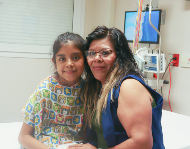
Meet Yuridia!

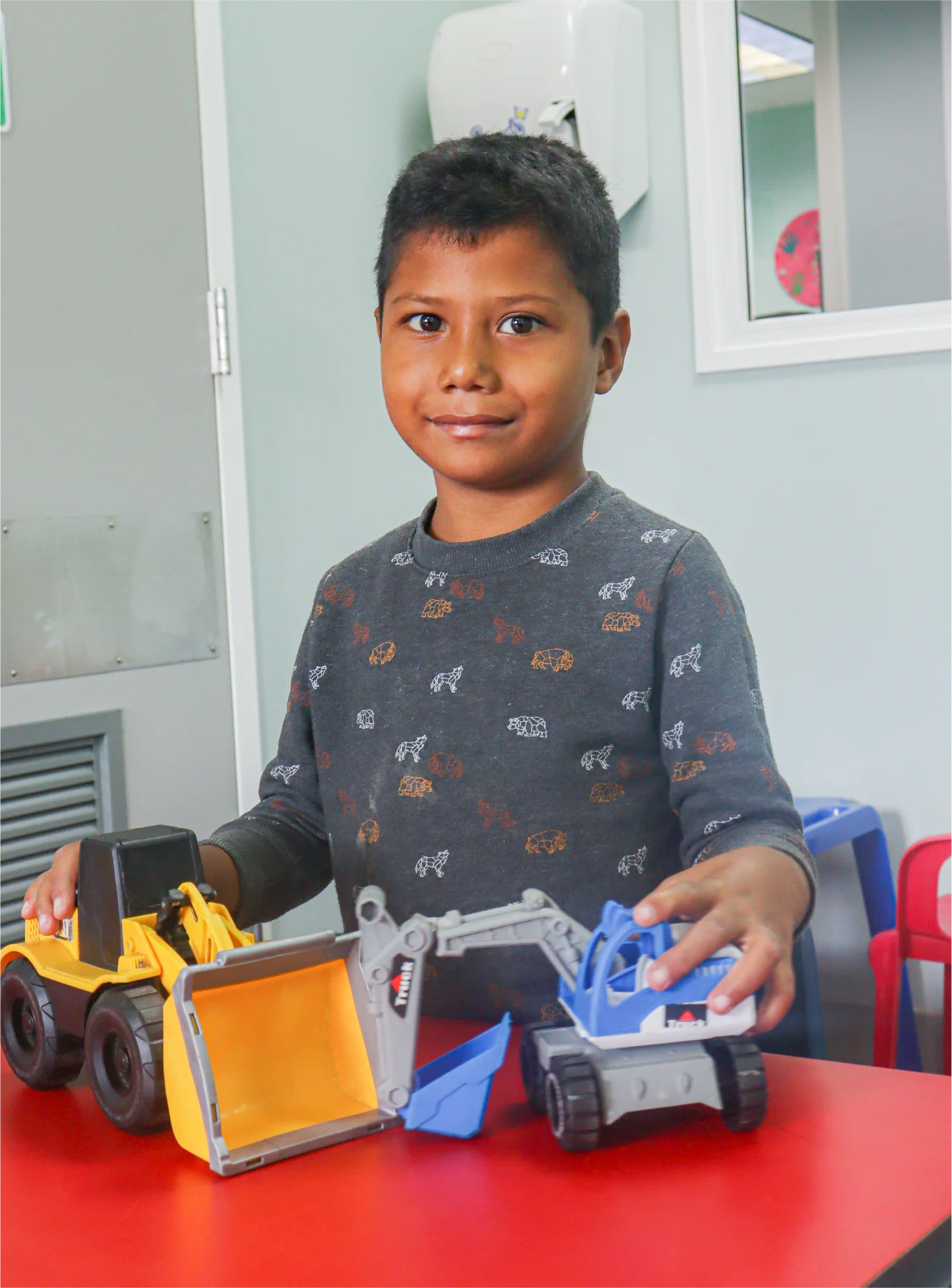
Meet Lemiss!

HOW YOU CAN
SUPPORT THIS
PROGRAM

If you wish to support and strengthen this program, and donate for the purchase of supplies, medications, and/or the opening of the surgical operating room insurance, you can do so through:
FOUNDATION
MARÍA
HOW YOU CAN
SUPPORT THIS
PROGRAM

If you would like to support and strengthen this program by donating for the purchase of supplies, medications, and/or the opening of the surgical room insurance, you can do so through:
If you would like to support and strengthen this program by donating for the purchase of supplies, medications, and/or the opening of the surgical room insurance, you can do so through:
FOUNDATION
MARÍA
Supporting our little heroes of Pediatric Cardiology
DONATE
Supporting our little heroes of Pediatric Cardiology
DONATE
